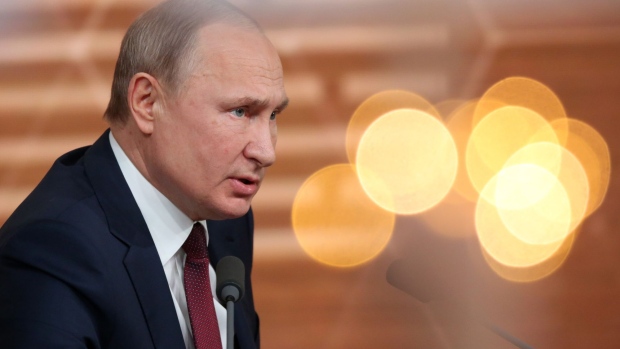
Nerve stimulation treatments reduce the need for opioids for post-surgical pain, according to a new study. Photo by skeeze/Pixabay
April 15 (UPI) -- Nerve stimulation treatments are effective for reducing pain in patients recovering from orthopedic surgery and limit the need for potentially addictive opioid medications, a study published Thursday by the journal Anesthesiology found.
A treatment called percutaneous peripheral nerve stimulation lowered patients' post-operative pain scores after common procedures by an average of 50%, the data showed.
The treatment delivers small amounts of electricity to surgically affected nerves and interrupts the transmission of pain signals to the brain, the researchers said.
In addition, patients' use of opioid-based pain medications dropped by 80% during the first week after the treatments, according to the researchers, who described the findings as "impressive."
The benefits of postoperative nerve stimulation were "much greater than what we had anticipated," researchers from the University of California-San Diego wrote.
The results "stand on their own and indicate that percutaneous peripheral nerve stimulation is highly effective for acute pain," they said.
Prescription opioid-based pain medications have helped fuel an "epidemic" of abuse and misuse of these drugs, which have similar intoxicating effects to illegal drugs such as "heroin," according to the National Institute on Drug Abuse.
For this study, the researchers enrolled 65 adults who underwent a common outpatient joint surgery, such as foot bunion removal and shoulder rotator cuff repair.
All study participants had electrical leads placed near the nerve or nerves that serve the surgical joints, with half of them receiving active electrical stimulation adjusted to achieve the desired sensory change sometimes described as feeling like a "pleasant massage," the researchers said.
The remaining participants received an inactive treatment, with a pulse generator that appeared to function normally, but did not deliver electrical current, according to the researchers.
After one week, participants who received active percutaneous peripheral nerve stimulation showed significantly lower pain ratings, with average scores on a zero-to-10 scale of about 1, compared to just over 3 in the sham treatment group, the data showed.
Participants in the active treatment group used, on average, about 5 milligrams of opioid pain relievers during the first week following surgery, or about one-tenth of the amount used by those the in the sham treatment group, the researchers said.
"Percutaneous peripheral nerve stimulation will most likely prove the optimal management after painful surgical procedures," they wrote.
upi.com/7090534
 The Weather Network
The Weather Network
























